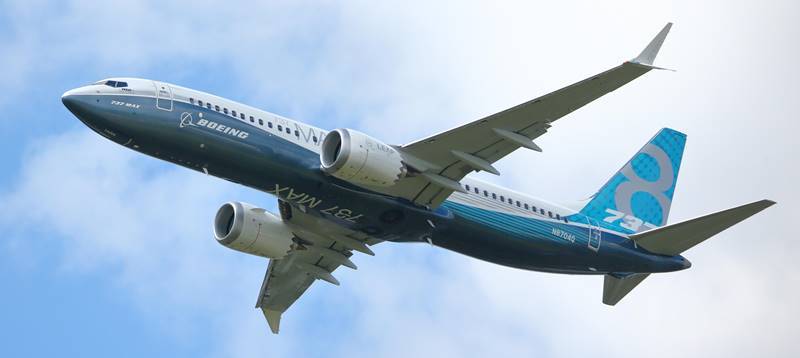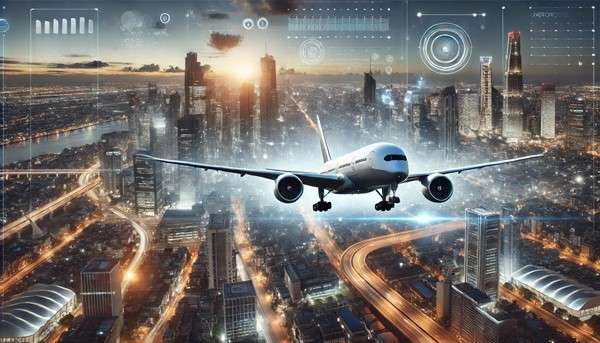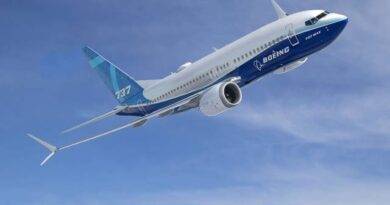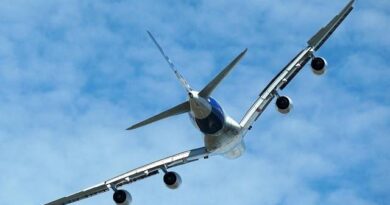How Realistic Are Unmanned Commercial Planes?
The idea of unmanned commercial planes has sparked interest in the aviation industry for years. With advances in artificial intelligence (AI), robotics, and communication systems, the concept of pilotless passenger aircraft is no longer a question of if but when. However, several challenges—technological, regulatory, and psychological—stand in the way of turning this vision into reality.
This article delves into the feasibility of unmanned commercial planes, the hurdles to overcome, and their potential impact on the aviation industry.
What Are Unmanned Commercial Planes?
Unmanned commercial planes, also called autonomous aircraft, are airplanes designed to operate without human pilots on board. Instead, these planes rely on a combination of onboard AI, sensors, and communication systems to navigate, communicate, and make critical flight decisions.
Military drones and autonomous cargo planes are already in operation, demonstrating the technology’s viability. The leap to passenger planes, however, introduces significant complexities, especially regarding safety, regulations, and public trust.

Current Technological Landscape
Autonomous Systems
Modern autopilot systems already handle most in-flight operations in commercial aviation, but full autonomy would require these systems to handle:
- Takeoff and landing: Currently requiring manual input.
- Complex decision-making: Navigating unexpected weather conditions, system malfunctions, and air traffic.
- Collision avoidance: Using advanced sensors and machine learning to detect and avoid obstacles.
Companies like Boeing, Airbus, and startups such as Xwing are exploring autonomous technologies, conducting test flights of pilotless aircraft under controlled conditions.
Communication and Cybersecurity
An unmanned plane needs constant communication with ground control for monitoring and intervention during emergencies. This raises critical concerns:
- Latency in Data Transmission: Reliable satellite-based systems are required to avoid delays in remote communication.
- Cybersecurity: Ensuring the system is resistant to hacking and unauthorized control is a top priority.
Artificial Intelligence
AI must achieve unparalleled levels of reliability to interpret data from multiple sources, make decisions in real-time, and learn from experiences.
Benefits of Unmanned Commercial Planes
Cost Reduction
Airlines could save significantly on pilot salaries and training programs. Additionally, autonomous planes could optimize fuel usage and reduce operational costs through precise flight management.
Increased Safety
Proponents argue that AI-based systems eliminate the risks of human error, which accounts for over 80% of aviation accidents. Advanced algorithms can potentially respond faster and more accurately than human pilots in critical situations.
Greater Efficiency
Unmanned planes could operate for longer hours without fatigue, enabling more frequent and flexible scheduling for airlines.

Challenges to Overcome
Safety Concerns
Safety is the foremost priority in aviation. Fully autonomous planes must guarantee:
- Fail-safe Systems: Redundant systems to back up every critical function.
- Human Supervision: Ground-based operators would still need to monitor flights remotely.
Regulatory Barriers
Current aviation regulations mandate a minimum number of pilots in commercial flights. Shifting to unmanned planes would require:
- Extensive testing and certification processes.
- New regulatory frameworks from organizations like the FAA and EASA.
Passenger Trust
Public acceptance is a significant barrier. A 2021 survey revealed that 70% of respondents were hesitant to fly on a pilotless aircraft. Building trust will involve:
- Transparent safety records.
- Marketing campaigns to educate the public.
Economic Impact
The introduction of unmanned planes could disrupt the job market, particularly for pilots. Balancing technological advancement with workforce transition strategies will be crucial.
Timeline for Adoption
Experts estimate that the first unmanned cargo planes could become mainstream by 2030. Passenger aircraft, however, may take longer due to stricter safety standards and public hesitancy. Realistic expectations place autonomous commercial passenger planes in operation by 2040 or later.
The Future of Aviation
Unmanned commercial planes represent a revolutionary shift in aviation. While challenges remain, ongoing advancements in AI, machine learning, and regulatory frameworks are steadily paving the way. Collaboration between airlines, regulatory authorities, and tech companies will be key to ensuring that autonomous aviation becomes a safe, reliable, and widely accepted reality.
References
Here are some credible links to explore for more information on unmanned commercial planes:


